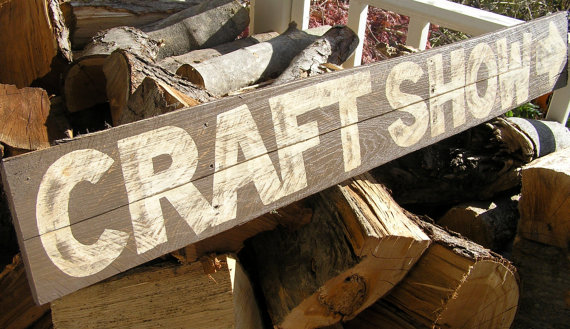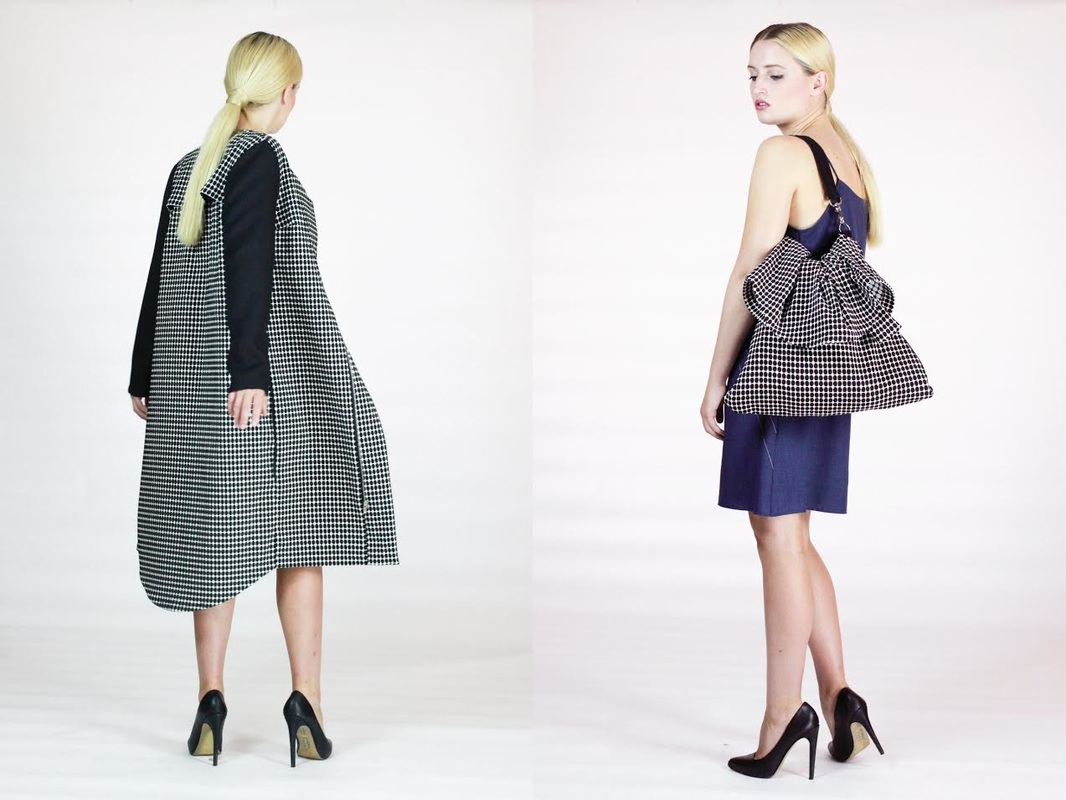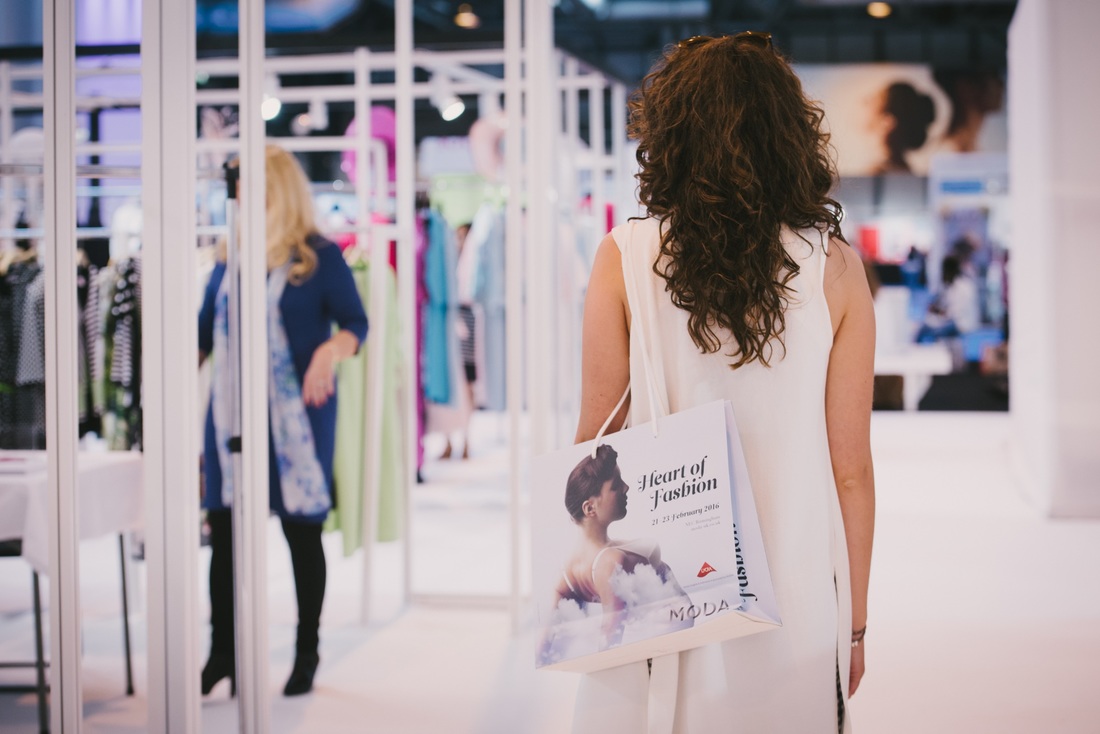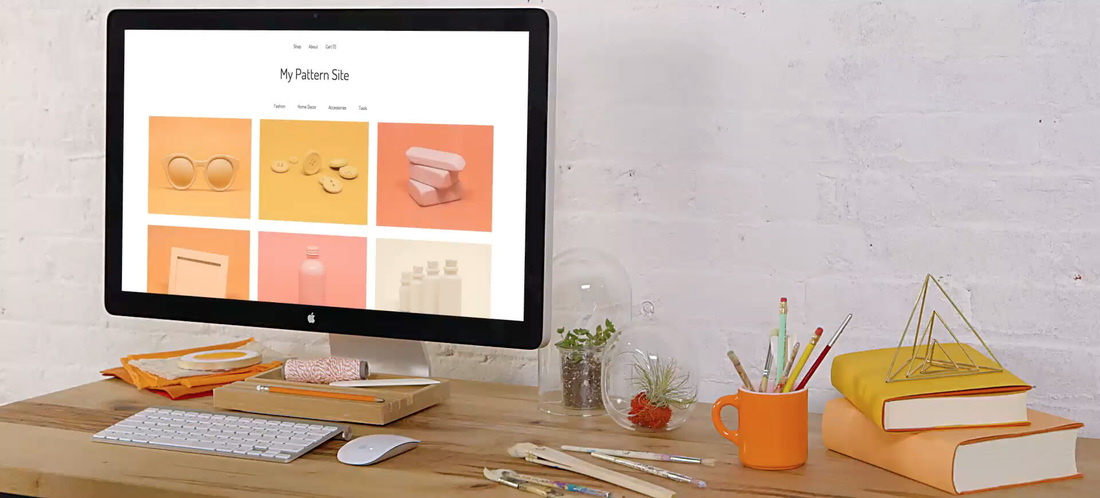|
If you've landed on this page, chances are you're either thinking of opening a gift shop or are looking to refresh your existing store with new, unique finds. It makes no difference whether you're at the beginning of the road or have been in business for years, you should always be on the hunt for newer, more competitive products that your customer must love. After all, the key to a good gift is it's originality. We have entered an era where there is no limit to innovation and customers of all ages are looking for something that is not only unique but functional as well. People have access to massive amounts of information and get bored very easily- they are always in the search for the newer, the better, the more intriguing. Consumers have acquired a level of consciousness where it isn't about the product itself anymore, but rather how it will make them feel? How will they get the most use out of it in their busy, hectic lives? Even if you own a very traditional gift shop, or maybe a fun, new-age boutique by the beach, keeping this new transition in mind will position you above the competition in your area. So where do you start? How do you get the most competitive products in your gift store that will have the customer coming back for more? The following Tips might come in handy: Tip #1 Use the Internet to your advantage and get creative in your google searches. The world-wide web is an important tool in finding some of the most unusual products out there, you just have to know where and how to look. Start with a simple google search but be specific in your search terms. Instead of typing in "unique wholesale gifts", have your search terms be unique to your store. For example, something like "unusual glass sculptures" or "unique wooden boxes" would work more efficiently. Another suggestion is to search for vendors or indie startups first and then browse through their list of products. Think about what is specific to your store, what sort of items or materials you are looking to bring in and start your search from there. If you have no idea and are just looking for clues, then finding a vendor that offers a variety of unique products first will make it easier in search for the perfect one for your store. Tip #2 Visit craft shows, and travel to smaller trade shows that are NOT in your immediate area. If you've been in business for a while, you probably already attend some local trade shows. The trick to standing apart from the crowd is not going where the crowd is going but heading in the opposite direction. Chances are, all the gift shops in your area (your greatest competitors) are attending the same shows and browsing through the same product line-up. Next time you're planning your buying season, take a risk and find a trade show in a completely different city, preferably where no store in your area will think to look. A smaller trade show is probably your best bet because it will feature younger companies and brands offering products unknown by many (Don't forget, we're looking to stand out). Yes, it's more time consuming but it will pay off- your existing and future customers will know you are the shop to go to for unique products they can't get anywhere else, and your reputation will grow. In addition, don't underestimate the small craft shows in your area. It's at these small craft events that you can meet a local artist who may potentially become your number one best seller in the future. You just never know- the trick is to attend as many events as possible and never stop exploring. Tip #3 Don't be afraid to contact individual inventors or local craftsmen directly. If you come across a new invention that is really unique or something handmade from a local craftsman, don't be afraid to reach out to them personally. Even if the artists don't sell wholesale, they will be happy to come to an agreement with you and get their art in your store. Working directly with an artists gives you flexibility when it comes to quantity and design- you can always get something customized. If you come across a new revolutionary invention (perhaps you saw it on social media or stumbled upon an article) check with the vendor to see if you can get a trial run in your store- You will be viewed as an innovator in your community. There is also a possibility customers in your area have already seen the product in the media and will seek you out directly to buy it. 11:11 Jacket: the jacket that transforms into a shoulder bag. Tip #4 Search in other markets- don't be limited by just one industry. Don't ever feel like you have to be confined to just one industry. Let's say you own a shop that offers mainly home accessories and handmade goods, next time you plan your buying week, don't just visit the home goods and gift trade shows, try to fit maybe a fashion accessories and apparel show in your schedule. There is a high probability you will come across some unique accessories that will work well with you store's character and it will set you apart from other similar stores in the area. It's always a good idea to offer a nice variety for you customer- just having some small unique accessories by the register could attract not only your customer's interest but also some additional sales. Tip #5 Use product listing websites (for example: www.thisiswhyimbroke.com or coolthings.com) to find interesting products. These product listing websites work wonders for finding unique gifts that people actually love. Scroll through and decide on what fits the best for you store. Have a price range in mind as you browse- you'll need to first figure out if you can afford it on a wholesale basis. Once you came across something you find to be a fit, do some research on who the vendor is and contact it directly. Chances are, they will be happy to hear from you and will accommodate you on your wholesale needs. Don't forget, you are a potential client for any manufacturer, distributor or importer so you should never be afraid to contact anyone directly and negotiate! Tip #6 Use craft sites like esty, shophandmade or artfire (to list just a few) to find unique, handmade products you love. Build a list, contact the sellers directly and strike a deal with them. If they have something that could be customized, ask if they can produce a unique batch for your store or the area you live in. Perhaps you live in a town where locals love their football team or have an event or landmark they are proud of- Keep that in mind when you commission your bulk order. Don't forget to be respectful of the artists' work and negotiate a wholesale price that is deserved by them (but that your customers will also be able to afford).
13 Comments
7/7/2022 04:31:26 pm
It sounds like the sewing industry is booming. I need to get a knitwear line for my wardrobe. I'll have to consider getting a seamstress to make some custom clothes for me.
Reply
3/30/2023 12:14:54 am
Highly appreciated for your time & efforts for sharing this. Keep doing and keep sharing
Reply
Alina Blair
5/9/2023 09:58:47 pm
Here, you can achieve best discount through https://ericayosen.livejournal.com/3016.html
Reply
5/13/2023 02:25:37 am
Thank you for such a great post. Enjoyed this post very much and I appreciate it a lot. I look for posts like this. I look forward to your next post. And I saved your site as a favorite to check out new posts on your next site....<a href="https://worldfashiontips.com/top-10-international-world-fashion-tips-for-ladies/"> World Fashion Tips </a> and <a href="https://worldfashiontips.com/top-5-best-fashion-tips-for-women/"> best Fashion Tips </a>.
Reply
5/15/2023 09:58:12 am
Thank you for such a great post. Enjoyed this post very much and I appreciate it a lot. I look for posts like this. I look forward to your next post. And I saved your site as a favorite to check out new posts on your next site <a href="https://worldfashiontips.com/"> world fashion tips </a>.
Reply
Alina Blair
5/24/2023 10:01:01 pm
Here, you can achieve amazing offers through https://freediscountx.blogspot.com/2023/05/unveiling-power-of-free-discounts.html
Reply
FARUK AHMED
6/4/2023 03:06:08 am
Your blog post was a real eye-opener. It challenged my perspective and made me think critically about the topic. To continue the journey of exploration, <a href="https://sites.google.com/view/our-best-seller-deals/home" target="_blank">click here</a>.
Reply
Great job on your blog post! The content was well-organized, and I found the visuals and diagrams you included to be helpful in understanding complex concepts. I appreciated the practical applications and real-life examples you provided. To explore further on the topic, <a href="https://sites.google.com/view/exclusive-fashion-trends0/home" target="_blank">click here</a>.
Reply
Your blog post was a valuable resource for anyone interested in the topic. I found the information you provided to be comprehensive, and I appreciated the additional resources and references you included. To gain further insights, <a href="https://myshopprime.com/TRADE.SHOP.SUKAL./c7opmto" target="_blank">click here</a>.
Reply
alina
6/13/2023 10:29:50 pm
Now, you can get an amazing offers through https://couponweather.blogspot.com/2023/06/introduction-weather-plays-significant.html
Reply
6/22/2023 01:37:29 am
I liked it the most when you shared that we should choose items that are both unique and functional. My friend wants to opt for wholesale clothes for boutiques. I should advise her to go for it to obtain affordable clothes with quality.
Reply
alina
6/23/2023 12:34:48 am
Achieve best discount through https://trendingdiscount.blogspot.com/2023/06/coupon-donor-privileged-insights.html
Reply
Leave a Reply. |
The Blog:A journey into our design process, sewing tutorials, fashion tips, and all the inspiring people and things we love. Doina AlexeiDesigner by trade and dressmaker at heart. I spend most of my days obsessing over new fabrics and daydreaming new ideas. Sadie
Executive Assistant & Client Relations Manager Archives
November 2019
Categories
All
|
-
Sewing Tutorials
-
Basics
>
- Aligning Pattern Grainlines To Fabric
- Preparing Fabrics For Sewing
- Pinning Sewing Patterns To Fabric
- Placing Sewing Patterns On Fabric For Cutting
- Rotary Cutters or Fabric Scissors?
- Cutting The Sewing Patterns
- What Are Notches And How To Use Them In The Sewing Process
- Transferring Notches From Pattern To Fabric
- Transferring Seamlines to Fabric
- Staystitching
- Backstitching: A Complete Guide
- Hand Basting: A Complete Guide
- Sewing Continuous Bias Binding
- Darts >
-
Sewing Seams
>
- The Basics Of Seams And Seam Allowance
- How To Sew A Straight Seam
- Sewing Curved Seams
- Sewing Corner Seams
- Trimming And Grading Seam Excess
- Notching/Clipping Seam Allowance for Tension Release
- Sewing Topstitched Seams
- Sewing Corded Seams
- Sewing A Slot Seam
- Sewing A Gathered Seam
- Sewing Bias Seams
- Sewing Seams With Ease
- Sewing Seams With Crossing Seamlines
- Sewing Unlike Fabric Seams
- How To Iron Seams: Ironing Tools And Conventions
- Sewing With Knit Fabrics
- Understanding Stitch Length And Tension
- Sewing Unique Fabric Seams
-
Seam Finishes
>
- Seam Finishing Techniques - Overview
- Applying A Pinked Seam Finish
- Applying A Bias Bound Seam Finish
- Serging And Zigzag Seam Finishes
- Sewing A Self-Bound Seam Finish
- Sewing A French Seam Finish
- Sewing A Hong Kong Seam Finish
- Sewing A Mock French Seam Finish
- Sewing A Turned-and-Stitched Seam Finish
- Sewing Overcast Hand-Applied Seam Finishes
- Sewing A Flat Felled Seam
- Sewing A Hairline Seam Finish
-
Hem Finishes
>
- Garment Hem Finishes: Overview
- Sewing A Double Fold Hem Finish
- Sewing A Single Fold Hem Finish
- Sewing Bound Hem Finishes
- Sewing An Exposed Double Layer Bound Hem
- Sewing A Folded-Up Bound Hem with Pre-folded Binding
- Sewing A Hong Kong Hem Finish
- Sewing A Band Hem Finish
- Sewing A Bias Faced Hem Finish
- Sewing A Twill Tape Hem Finish
- Sewing A Rolled Hem Finish
- Sewing A Shaped Hem Facing
- Using Fusible Hem Tape And Webbing
- Finishing A Lace Fabric Hem
- Finishing A Leather Hem
- Sewing Faced Hem Corners
- How To Finish Lining At The Hem
- Finishing Fabric Corners by Mitering >
- Interfacing A Hemline: Lined And Unlined Examples
-
Sewing Pockets
>
- Curved Patch Pocket With Flap
- Unlined Square Patch Pockets
- Lined Patch Pockets: Two Ways
- Extension On-Seam Pockets
- Separate On-Seam Pocket
- Front Hip Pockets
- Bound Double Welt Pocket
- Double Welt Pocket With Flap
- Self-Welt Pocket (Using Single Fabric Layer)
- Slanted Welt Pocket (Hand-Stitched)
- Faced Slash Pockets: Overview >
-
Sewing Zippers
>
- Sewing Zippers: General Information
- Sewing A Centered Zipper
- Sewing A Lapped Zipper
- Sewing An Invisible Zipper
- Sewing A Fly Front Zipper
- Sewing A Closed-End Exposed Zipper (No Seam)
- Sewing An Exposed Separating Zipper
- Sewing Hand Stitched Zipper Applications
- Sewing A Zipper Underlay
- Sewing A Placket-Enclosed Separating Zipper
- Sleeveless Finishes >
-
Neckline Finishes
>
- Sewing A Neck Shaped Facing
- Sewing An All-In-One Neck Facing
- Neck And Garment Opening Combination Facings >
- Sewing A Bias Faced Neckline Finish
- Sewing A Band Neckline Finish
- Bound Neckline Finishes: Overview >
- Sewing A Semi-Stretch Strip Band Neckline
- Ribbed Neck Band And Classic Turtleneck
- Decorative Neckline Finishes >
- Finishing Facing Edges >
-
Extras
>
- A Complete Guide on Interfacing
- Sewing Bound Spaghetti Straps
- Sewing Spaghetti Straps To A Faced Neckline
- Sewing Ruffles: Overview
- Patterning And Sewing A Circle Ruffle
- Sewing A Gathered Heading Ruffle
- Sewing Double Layer Gathered Ruffles
- Sewing A Gathered Ruffle Into A Seam
- Sewing A Gathered Ruffle To A Fabric Edge
- Sewing A Fabric Surface Slit
- Sewing A Slit Seam
- Hand-Applied Straight Stitches
- Hand-Applied Blind Stitches
- Hand-Applied Overedge Stitches
- Hand-Applied Tack Stitches
- Hand-Applied Decorative Stitches
-
Basics
>
- Custom Bridal
- Custom Apparel
- About
- Blog
Services |
Company |
|








 RSS Feed
RSS Feed

